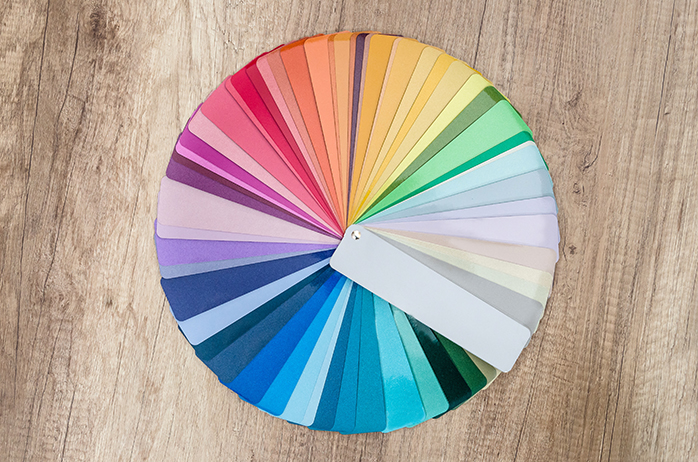
By Heather Nezich, courtesy SBAM Approved Partner ASE
The short answer is yes. Color can affect workers’ moods. The colors you decorate an office space with can impact employee behavior and productivity.
The trend today is to get away from the stale, office-white walls from 15-20 years ago. Today’s more modern office spaces offer a warmer environment. Office designers tend to lean towards warmer grays and beiges. These colors are used as the base and then accent colors are added depending on the work environment and type of business. For example, an accounting firm might not have as bright of accent colors as a new dot.com business.
In larger offices, color can be used as a method of wayfinding. Employers can use color to differentiate spaces. Perhaps brightly colored spaces are encouraged for use when collaborating, and a space with calmer, warmer tones is ideal for individual work.
Some tips when choosing office colors include:
Choose neutral colors first. You should always select your main, neutral color first. From there you can select which colors you want to use as accents. If you have a mass of cubicles, you don’t want to draw people to that space. Keep that area neutral. But a reception area, for example, is a great place to brighten things up and use bolder colors.
Select key decision-makers to pick colors. Create a design committee to be in charge of color selection. Experts suggest picking a few key colors and then using textures such as wood, stone, or metal that complement those colors.
Make a comprehensive palette. When selecting colors, be sure to have samples of the flooring and other materials so that everything coordinates and complements each other. Bring samples into the actual workspace.
Go for it. Don’t be afraid to bring in pops of color and texture.
A recent University of Texas study found that bland gray, beige, and white offices induced feelings of sadness and depression, especially in women. Men, on the other hand, experienced similarly gloomy feelings in purple and orange workspaces. Similar studies have found that not only does color affect mood, but also productivity.
Restful green and calming blue colors improve efficiency and focus and lend an overall sense of well-being. Red is a color that creates urgency and can be alarming. If there is a space in the office you want to urgently draw employees’ eyes to, paint it red. Yellow is considered to be energetic and fresh. It’s known to trigger innovation and is best for environments with artists, writers, designers, developers, and other creative professionals.